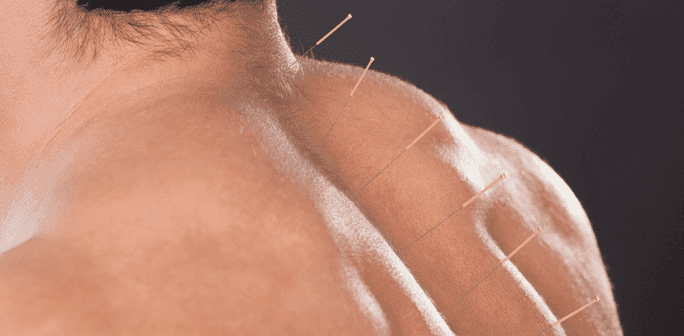August 14, 2023

Sciatica is a medical term that refers to reduced discomfort levels.
The research demonstrated that acupuncture alone has a success rate of 81.6% for reducing or eliminating the discomfort, allowing sufferers to confidently report that a combination of acupuncture and medicinal herbs were more successful than acupuncture alone when used in the treatment of lower back and body pain.
The scientific study measured levels of a serum called B-EP, which is known tory results than relying on acupuncture alone as a treatment therapy for lower back pain.
The study followed a number of internationally recognized metrics for measuring pain, including the Visual Analog Scale, the Japanese Orthopaedic Association method for scoring pain, as well as the renowned Owestry Disability Index. These metrics were used throughout the study to document the discomfort levels in patients when lifting, walking, performing daily activities, sleeping, standing, socializing, and traveling. Every patient was rated for their pain on all three scales before beginning therapy, as well as three, 10, and 22 days after undergoing both acupuncture therapy and a course of treatment of medicinal herbs.
The researchers chose the following acupuncture points to administer acupuncture for back pain during the study:
In addition, several other acupuncture for back pain points were also included for some patients to address individual complaints. For patients suffering from “qi stagnation” and “blood stasis”, the therapists included both Taichong (LV3) and Xuehai (SP10) acupuncture points. To treat kidney and liver “deficiencies”, the acupuncture points Shenshu (BL23) and Taixi (KD3) were also included. For patients suffering from “cold and damp stasis”, the acupuncture point Yanglingquan (GB34) was used as well.
The medicinal herbs tested during the study came from the formula known as “Tong Bi Zhi Tong Tang”, the ingredients of which include:
Depending on individual diagnoses, some patients were given supplementary medicinal herbs, including: radix aconiti preparata, asarum sieboldii, Boswellia carterii, myrrh, astragalus, Rehmannia glutinosa, and Cornel.
Dr. Lev Kalika is a world-recognized expert in musculoskeletal medicine. with 20+ years of clinical experience in diagnostic musculoskeletal ultrasonography, rehabilitative sports medicine and conservative orthopedics. In addition to operating his clinical practice in Manhattan, he regularly publishes peer-reviewed research on ultrasound-guided therapies and procedures. He serves as a peer reviewer for Springer Nature.
Dr. Kalika is an esteemed member of multiple professional organizations, including: